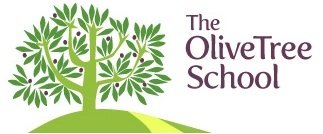Symbolic Self Portraits in Secondary
Secondary art pupils have been studying Symbolic Self Portraits.
When asked to make a symbolic self-portrait themselves, Key Stage 3 came up with oodles of creative solutions.
The Process
Our challenge was to make a self-portrait that truly communicated who we are, using symbolic imagery and avoiding text.
First, we discussed what it is that makes us special and unique, including things we like and dislike, our interests and cultural background, etc. Then we brainstormed ideas and decided on the best way to visually communicate each part of our personality and incorporate them into our self-portrait.
It is exciting when we start a project like this (with so many possibilities and a limited amount of time) but it can also leave us a little baffled about where to begin. It really helps when we start with a solid foundation and work from there.
We began by looking at the proportions of the human body and the head and we also discussed how to observe the joints when drawing the body in different positions. Aileen showed us her symbolic self-portrait that she made and explained the different imagery she used and why it symbolised parts of her personality. She also demonstrated the techniques that were used to complete it.
We started by drawing our portrait on A3 paper using a pencil. Then we went over the line drawing with a permanent ink pen and rubbed out the pencil. After that, we applied colour using watercolour paints.
Finally, we cut out our portraits and displayed them in the Art Room, along the top of the pinboards.
The following week, we stuck a photograph of our portrait into the first page of our sketchbook. Here we described the process of making the portraits from beginning to end and explained why we used different symbolism.


